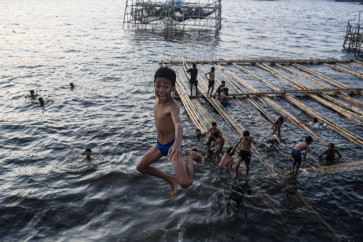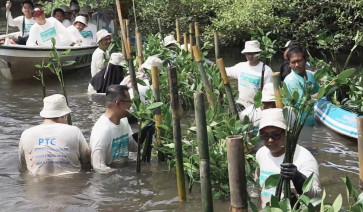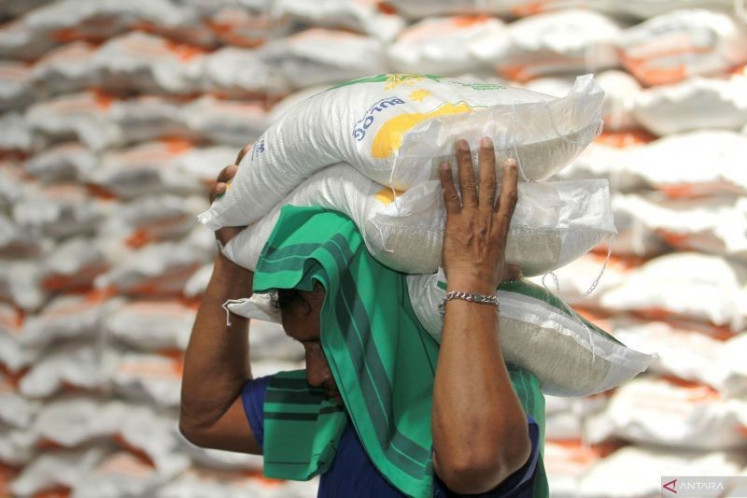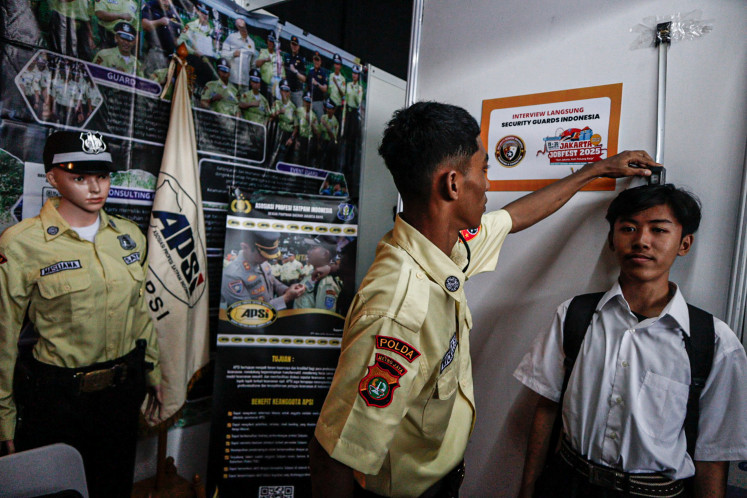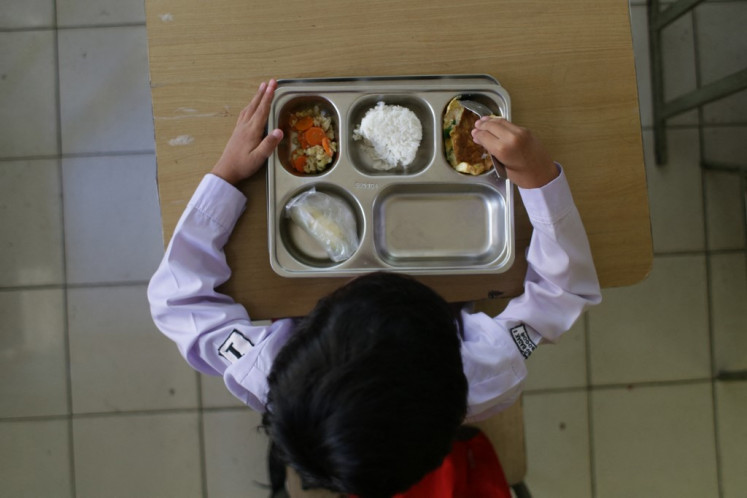Popular Reads
Top Results
Can't find what you're looking for?
View all search resultsPopular Reads
Top Results
Can't find what you're looking for?
View all search resultsMalaysia: Sightseeing in Melaka
A center of trade and cultural exchange for more than 600 years, Melaka was a crucial shipping route connecting the Indian and Pacific oceans
Change text size
Gift Premium Articles
to Anyone
A
center of trade and cultural exchange for more than 600 years, Melaka was a crucial shipping route connecting the Indian and Pacific oceans. It’s midway between the capital cities of Singapore and Kuala Lumpur.
Today, most of Melaka’s attractions are located in the Old Town around the river. On the river’s east side is Dutch Square, where you’ll find Stadthuys, Christ Church, the clock tower and fountain, and on the west side is Chinatown, with Jonker Street, traditional Peranakan houses and Chinese temples. Near the river on Jalan Quayside is the post office, police station and an under-construction Visitors Centre with toilets and a café.
Now officially known as Jalan Hang Jebat, Jonker Street is the heart of Melaka’s Chinatown and a center for antiques and souvenir shops. A street market is held every Friday here.
Another attraction is Hang Li Poh’s well. This oldest well in Melaka was built in 1459 by the followers of Hang Li Po, the Chinese princess who was sent to marry the Sultan of Melaka and was the city’s primary source of drinking water during droughts. It is open from 7 a.m. to 7 p.m. with no admission fee.
Bukit China (Chinese Hill) southeast of the town centre is the largest Chinese cemetery outside China with graves dating back to the 17th century Ming Dynasty. Oddly, it’s also a popular jogging trail and open for free.
Founded in the 1920s, the Malay government is pouring money into restoring the traditional Malay village area of Kampong Morten located within the city to its former glory. This is a great area to go for a stroll and see traditional Malay houses, or view it from the river tour. While you’re here keep an eye open for Villa Sentosa – the living Malay museum, which is open 9 a.m. to 5 p.m., or whenever the owner’s around. Admission is by donation.
The Stadthuys is the most photographed site in Melaka. This huge salmon-red building was the residence of Dutch governors and officers and has a huge bread oven to prove it. It’s the most immaculately preserved of the city’s historic buildings and is now a history and ethnography museum. Admission includes entry to the Literature Museum, Admiral Cheng Ho Gallery, Governor’s House and Democratic Government Museum up the hill behind it. It’s open from 9 a.m. to 5:30 p.m. and closed on Friday. Admission: Adults 5 ringgit, children and students 2 ringgit.
Next door to and color coordinated with Stadthuys is the Christ Church. It was constructed by the Dutch with bricks imported from the Netherlands and later converted into an Anglican Church by the British. It still functions as a church and is sometimes closed to tourists, particularly on Sundays.
A’Famosa (Porta de Santiago) was built in 1511 by the Portuguese. Ruins are all that remain of this once prominent fortress. Stroll around the park, pose with the old cannons and then slip into one of the nearby mini-museums to cool off for free.
Another remnant of Portuguese rule is St. Paul’s Catholic Church atop a hill in the centre of town. The church itself, built in 1521, isn’t much to look at now, but it’s worth the hike uphill for the panoramic view of town.
For those of you who love Gothic architecture; visit St Francis Xavier’s Church. This Gothic church towering above the historic area was constructed in 1849 and is still functioning. It was named after a 16th century Catholic missionary.
Built in 1649, the ornately decorated Chinese Cheng Hoon Temple is the oldest in Malaysia. All of the materials used to build it were brought from China, and its lacquer work and carvings of mythological creatures make it one of Chinatown’s main attractions. You can visit from 7 a.m. to 7 p.m. It’s still considered a sacred site by the local Chinese community, so remember to be on your best behavior.
Along the shoreline about three kilometers east of Melaka town is the Portuguese settlement. About 2,600 people presently live here and many still speak a dialect called kristang. The village looks quite ordinary during the day, but on Saturday evenings cultural shows are held at the central Portuguese Square and the open-air restaurants are popular for seafood dinners or traditional Portuguese dishes like devil curry. Holidays like Festa San Pedro (in June) and Christmas are big events here. Reach the Portuguese Village by Town Bus 17 or the blue Panorama bus.
Every evening near A’Famosa the story of Melaka is told with the accompaniment of lights and sound effects. The English show is usually presented at 9:30 p.m., admission is 10 ringgit.
Source: www.travelfish.org


